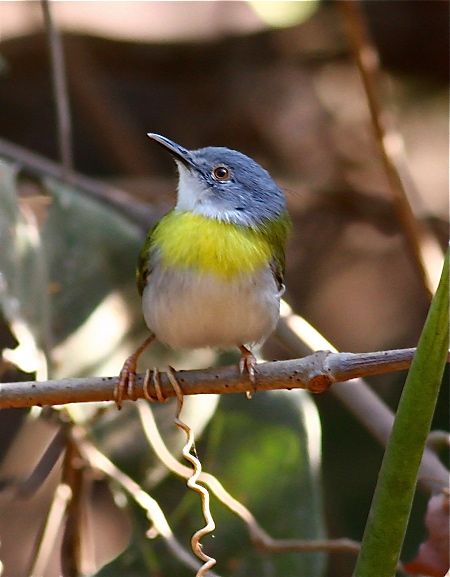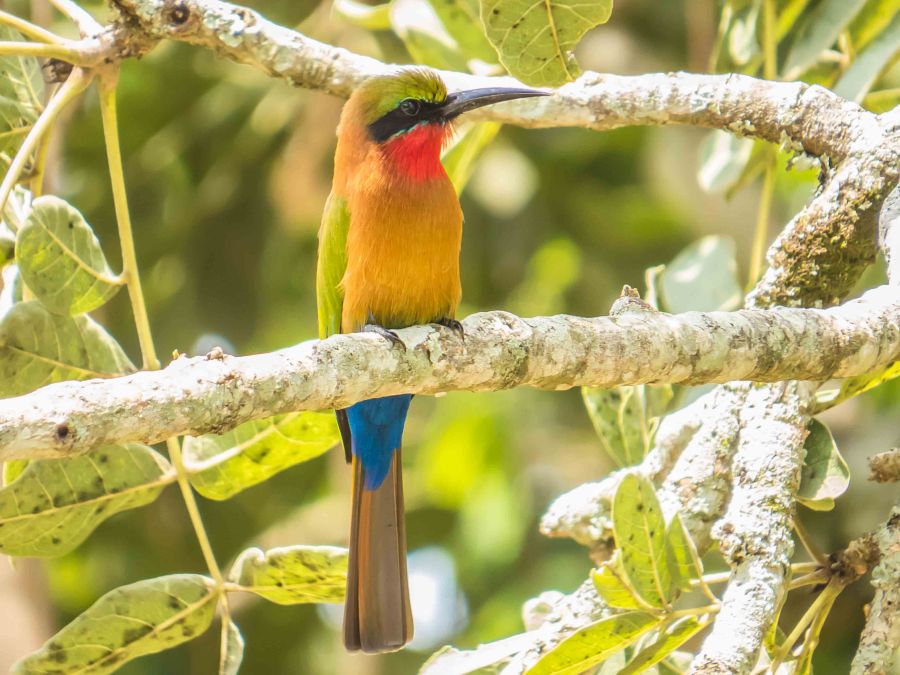
Yellow-Breasted Apalis is the commonly encountered Apalis in the field especially if you are birding arid-semi arid areas of Kenya. Its widespread distribution makes it an easy target if you are also birding mid-altitude elevation and in this context it can be true for areas like Nairobi national park, Naivasha, Lake Nakuru, Masai Mara and Amboseli.
The much sort after Apalis is the Karamoja Apalis Apalis karamojae which is a range-restricted species, is found in Masai Mara national Reserve where acacia drepanolobium dominate the vegetation. Taita Apalis Apalis fuscigularis is a globally threatened species is endemic to Taita Hills in South East Kenya. Grey, Chesnut-throated and Black-throated Apalis are easy to pick species in montane dominated habitat of central Kenya e.g Mt.Kenya, Aberdare, Mau forest. While Buff-throated and Black-collared Apalis is commonly recorded in Kakamega forest, the only remnant tropical rain forest patch in Kenya.


